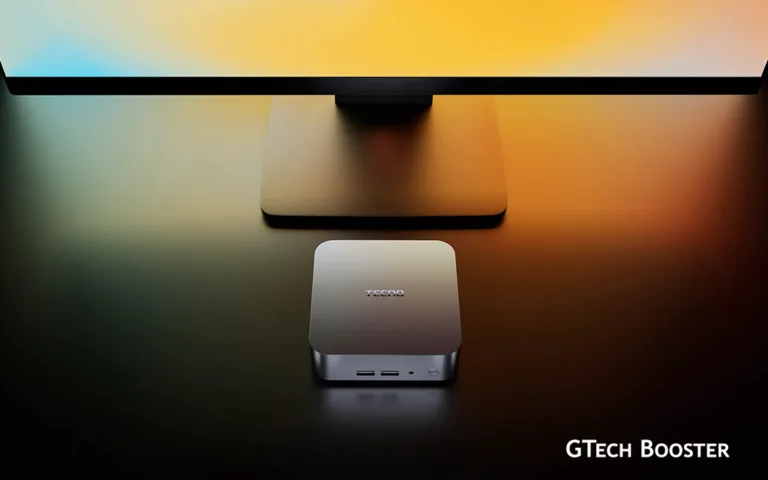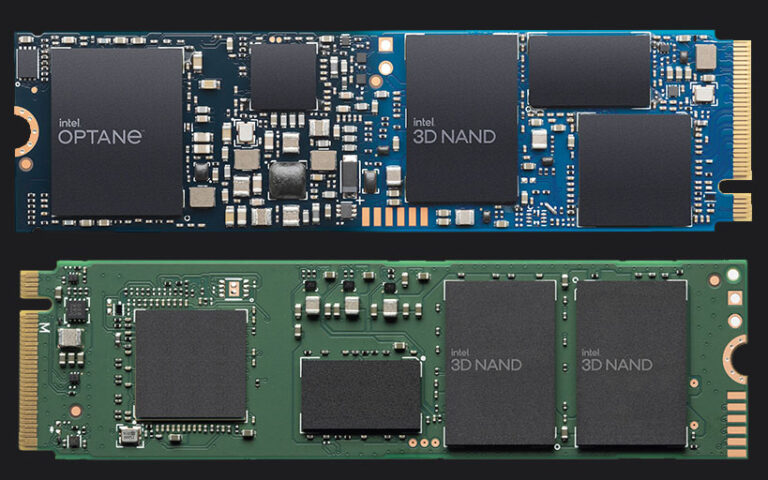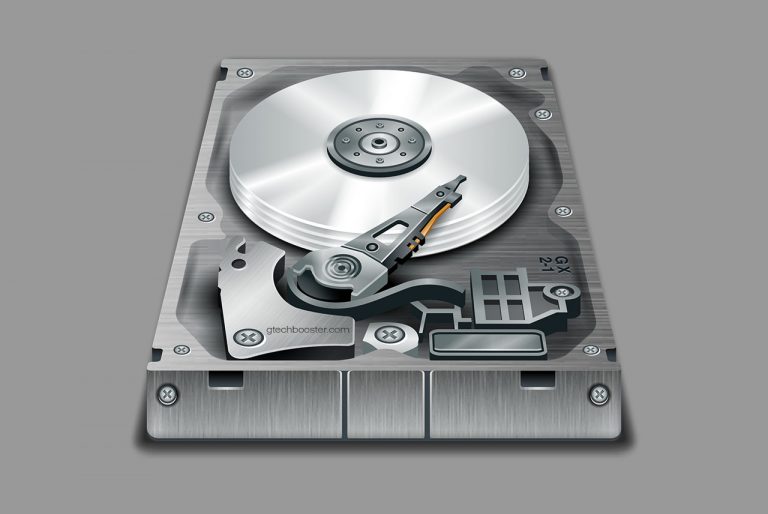M.2 SSD and how they can take your computing speed to the next level
M.2 is a standard for computer expansion cards and connectors that was introduced by Intel in 2012 as the Next Generation Form Factor (NGFF).
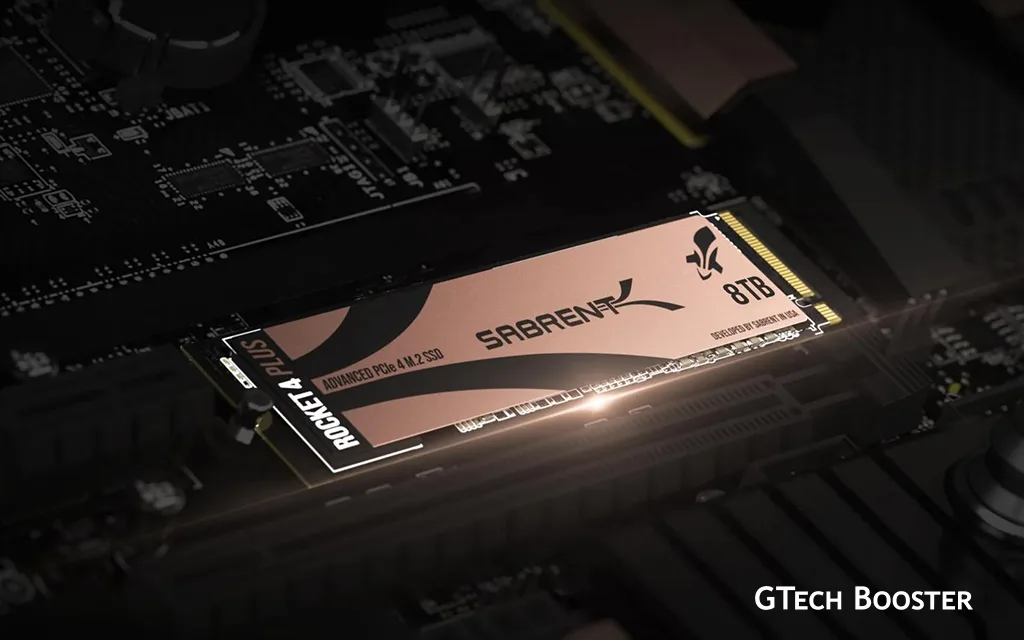
M.2 is a compact and powerful interface that is used for a variety of applications, ranging from basic wireless cards to complex AI accelerators. M.2 cards can be inserted into the M.2 slot on a motherboard or in a PCI-Express slot, and they are secured with screws. The M.2 standard allows for different module widths and lengths, providing flexibility for various devices. M.2 cards come with two major compatibility variables: length and key. The length of the card should be compatible with the physical space available in your computer. The key refers to the card connector, which must match the slot you’ll be plugging it into. M.2 cards can be used for different purposes, such as SSDs, wireless connection cards, and more. They can transfer data at faster speeds compared to standard SATA when using the PCI bus.
M.2 SSD is a small form factor solid-state drive (SSD) that is used for storage in computers, particularly in thin and power-constrained devices like ultrabook laptops and tablet computers. M.2 SSDs conform to a computer industry specification and are designed to enable high-performance storage in these devices. They are generally smaller than other comparable SSDs, such as the mini Serial Advanced Technology Attachment (mSATA). M.2 SSDs use solid-state flash memory to save persistent data, unlike traditional hard disk drives (HDDs) that have moving parts. The M.2 SSD interface specification was originally known as the Next-Generation Form Factor (NGFF) but was later changed to M.2.
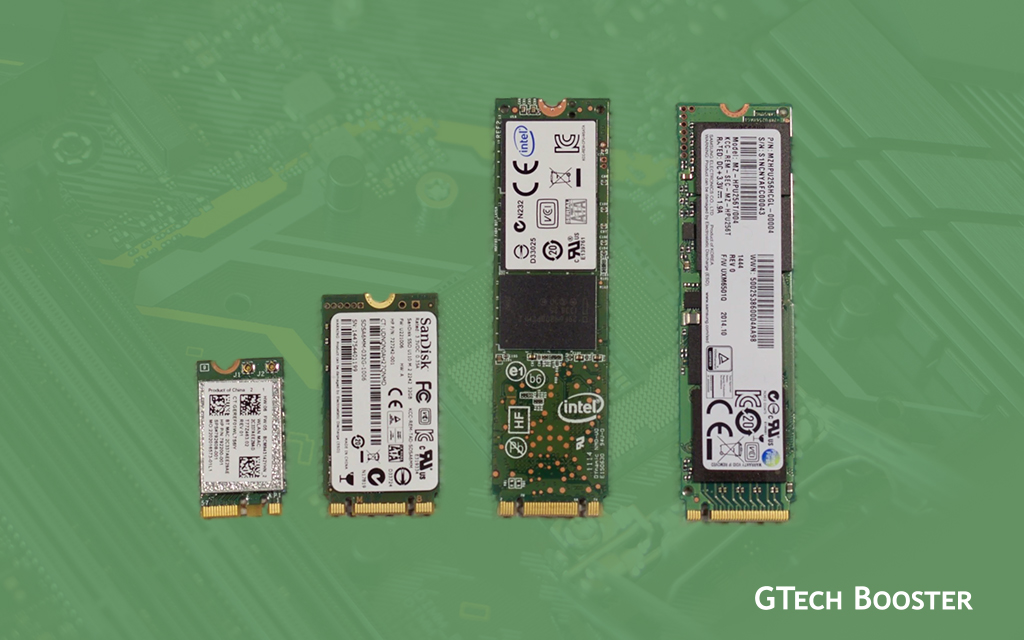
M.2 SSDs can come in different variants, including SATA-based, PCIe-based with NVMe support, or PCIe-based without NVMe support. NVMe-based M.2 SSDs offer faster speeds and better performance compared to SATA-based M.2 SSDs.
M.2 SSDs can have different storage capacities, with some models going up to 2TB. They are designed to be compact and slim, making them ideal for lightweight and portable devices like laptops, notebooks, NUCs, and ultrabooks. M.2 SSDs can be installed in a computer by identifying the requirements of the motherboard and the port key. The installation process may vary depending on the specific device and motherboard.

M.2 SSDs provide a high-performance storage solution for thin and power-constrained devices, offering faster data throughput and improved efficiency compared to traditional HDDs. The highest capacity of an M.2 SSD currently available is 8TB. Sabrent has developed an 8TB Rocket Q M.2 SSD (US$ 1,499.99), which offers high performance and storage capacity. It is important to note that the specifications and availability of M.2 SSDs can vary, so it’s always a good idea to check the latest offerings from different manufacturers.

